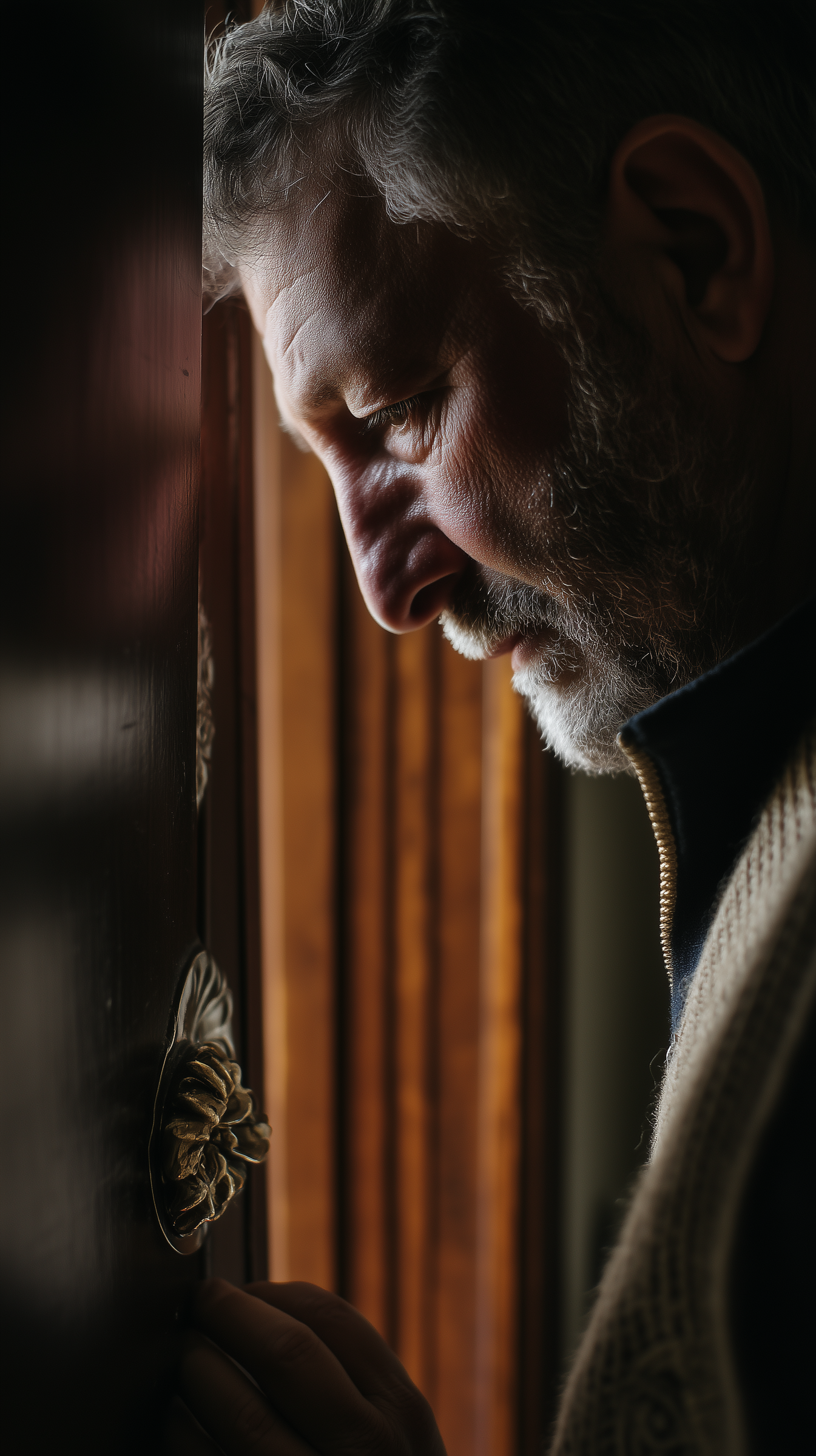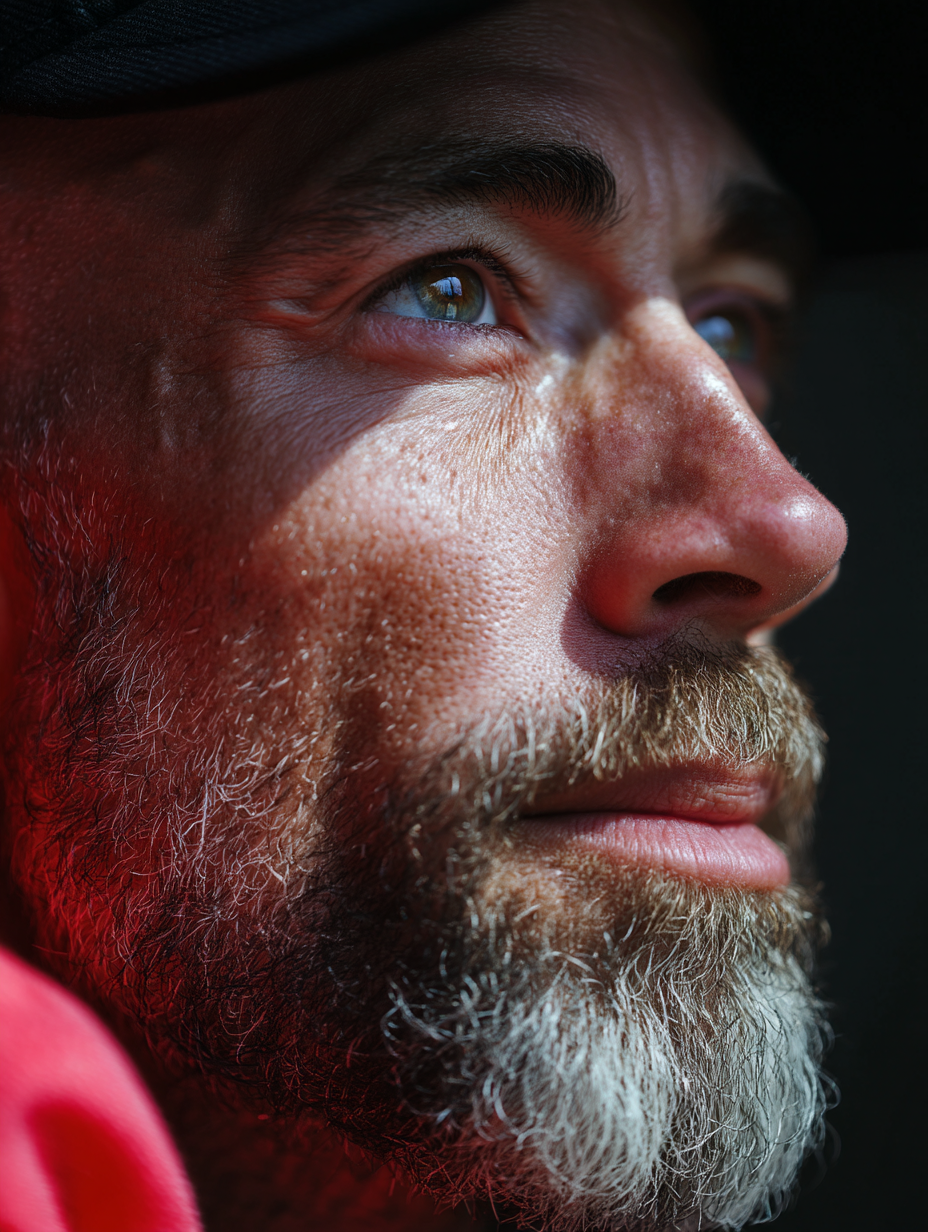Walking is one of the easiest yet most effective forms of exercise. Almost anyone can do it, and it offers numerous health benefits. Whether it’s a quick 10-minute walk or hitting 10,000 steps a day, getting outside and moving can significantly improve your overall health. Here are 15 ways daily walking benefits your body, based on expert insights:
1. Boosts Mood and Reduces Stress

Walking has been proven to enhance mood. Even a short 10-minute walk can lift your spirits, reduce feelings of anger, and alleviate symptoms of depression. Walking in nature enhances these effects, helping calm your nervous system and lower stress levels. Walking with friends or loved ones strengthens social bonds, further boosting happiness and reducing loneliness.
2. Increases Calorie Burn and Helps Maintain a Healthy Weight

Daily walks can aid in weight management by burning calories and boosting metabolism. Interval walking, alternating between brisk and leisurely paces, is especially effective for burning calories and reducing body fat, particularly around the abdomen. Walking uphill or choosing varied routes can enhance these benefits.
3. Improves Heart Health
Regular walking helps lower blood pressure and reduces the risk of heart disease and stroke. For every 1,000 steps, systolic blood pressure may drop by 0.45 points. Studies show that consistent walking can reduce the risk of cardiovascular events by up to 30% when done according to physical activity guidelines.
4. Reduces the Risk of Chronic Diseases

Research shows that walking can lower the risk of chronic conditions like type 2 diabetes, hypertension, and obesity. A 2022 study found that walking 8,200 steps daily reduces the risk of diseases such as major depressive disorder and GERD. Even short post-meal walks help regulate blood sugar, preventing type 2 diabetes.
5. Improves Sleep Quality
Consistent walking can improve the quality of sleep and help you fall asleep faster. Walking boosts melatonin production, the hormone responsible for regulating sleep. Many postmenopausal women and others who walk daily report better sleep quality compared to those who lead sedentary lifestyles.
6. Enhances Cognitive Function and Memory
Walking enhances cognitive abilities, particularly in older adults. Studies indicate that brisk walking for an hour, three times a week, improves brain function related to decision-making. Increased blood flow to the brain during exercise is believed to boost memory and protect against cognitive decline.
7. Relieves Joint Pain
Walking helps ease joint pain by improving circulation and lubricating the joints. It’s particularly beneficial for individuals with arthritis, as it promotes mobility and reduces discomfort.
8. Slows the Development of Varicose Veins
Regular walking strengthens the circulatory system, which helps prevent the formation and worsening of varicose veins by improving blood flow in the legs.
9. Improves Digestive Health
Walking stimulates the core and abdominal muscles, aiding digestion. It promotes the movement of food through the digestive tract and can relieve bloating and constipation. Many doctors recommend walking post-surgery to help with recovery and digestion.
10. Strengthens the Immune System
Daily walking boosts your immune system by increasing the circulation of immune cells, which helps your body fight off infections and illnesses more effectively.
11. Strengthens Bones and Prevents Bone Loss
Walking helps maintain bone density, reducing the risk of osteoporosis and fractures. Studies show that walking for at least 30 minutes a day can slow bone loss, particularly in postmenopausal women.
12. Sparks Creativity
Walking has been linked to increased creativity. Studies suggest that walking, particularly in nature, can enhance creative thinking and problem-solving abilities by clearing the mind and reducing mental fatigue.
13. Encourages Other Healthy Habits
Establishing a daily walking routine often leads to the development of other healthy habits. The sense of accomplishment from walking regularly can motivate you to set and achieve other health goals, such as eating better or trying new exercises.
14. Promotes Healthy Aging
Walking not only improves current health but also supports healthy aging. Studies show that even moderate physical activity can reduce the risk of mortality by up to 31% in those who meet physical activity recommendations. Faster walking speeds are associated with even greater reductions in mortality risk.
15. Extends Lifespan
Research indicates that regular walking can contribute to a longer life. By improving cardiovascular health, maintaining a healthy weight, and reducing the risk of chronic diseases, walking can help you live a longer, healthier life.
Conclusion
Walking is a simple and accessible way to improve your physical and mental health. From enhancing brain function to reducing the risk of chronic diseases, it offers a wide range of benefits that can help you lead a longer, healthier life.
I Found a Letter in the Attic Revealing a Secret My Parents Hid from Me for Years – Story of the Day

I always believed my parents had given me the perfect childhood, filled with love and trust. But one evening, while looking for old family photos in the attic, I stumbled upon a sealed letter. What I read inside turned my entire world upside down and changed everything I thought I knew.
That evening felt peaceful, just like always when I came to my parents’ house for dinner on the weekends. Their home felt warm and safe.

For illustration purposes only. | Source: Midjourney
The smell of Mom’s cooking filled the air, and soft music played in the background.
We sat at the kitchen table, laughing and remembering funny stories from my childhood.
While we were still talking, Mom mentioned the old photo albums she kept in the attic. “You should look through them,” she said. “There are lots of sweet baby pictures.”

For illustration purposes only. | Source: Midjourney
I smiled. “Maybe I’ll take a few home.”
After dinner, I went upstairs. The attic smelled like dust and cardboard. I turned on the light and crouched near the boxes.
I found the albums and smiled at the photos of myself as a baby, riding on Dad’s shoulders, sitting in Mom’s lap.

For illustration purposes only. | Source: Midjourney
Then I noticed a worn box pushed behind the others. At the very bottom, under wrapping paper and old cards, was an envelope. It was sealed. On the front, in shaky handwriting, were the words: “For my daughter.”
My hands began to tremble. What was this? Why had I never seen it before?
I broke the seal and opened the letter.

For illustration purposes only. | Source: Midjourney
“My beautiful baby girl,
I am so sorry. You are only just born, and I already have to make the hardest choice of my life. I cannot keep you. I am too young, too lost, and too afraid to raise you alone.”

For illustration purposes only. | Source: Midjourney
“But my love for you is endless. Letting you go is not because I don’t want you — it’s because I want a better life for you than I could ever give. I hope the family who takes you in will love you the way you deserve. I will always carry you in my heart. Always.
With all my love,
Your mother.”

For illustration purposes only. | Source: Midjourney
I couldn’t breathe. My chest tightened. My parents were downstairs. What was this letter? I grabbed the envelope and stormed into the kitchen, holding it out to them.
“What is this?” My voice shook. I held out the letter with both hands. My fingers would not stop trembling.
They turned to look at me. Mom’s face lost all its color. Dad’s jaw clenched hard. They stared at me. Neither of them spoke.

For illustration purposes only. | Source: Midjourney
“Well?” I asked again. My voice was louder this time.
Mom jumped to her feet. She wrung her hands tightly. Her eyes were wide. “Emily… honey, I don’t know where you found that. Maybe it’s a mistake. Maybe—”
“Stop,” I cut her off. Dad’s voice came next. His tone was steady but cold. He reached out. He took Mom’s hand and pulled her back into her chair. His eyes met mine. His face was serious. “We have to tell her.”

For illustration purposes only. | Source: Midjourney
My stomach dropped, and I felt like I was falling.
“Tell me what?” I asked. My voice came out soft, and I barely heard myself.
Dad let out a long breath. “Emily… you are not our biological daughter.”
I felt like someone had hit me. I grabbed the table to keep from falling. My knees were weak.

For illustration purposes only. | Source: Midjourney
“What are you saying?” I asked. My voice was sharp.
Mom’s eyes filled with tears. She opened her mouth. Her lips trembled. “We adopted you. You were just a few days old. Your birth mother was 16. She couldn’t keep you. She wrote that letter after you were born.”
“No,” I said. I shook my head hard. “You’re lying. Both of you.”

For illustration purposes only. | Source: Midjourney
“Emily, please,” Dad said. His voice softened. “We love you. You are our daughter.”
I stared at them. My hands curled into fists. “But you lied!” I shouted. “Every single day. You looked me in the eyes. You lied!”
Mom reached toward me. Her hands shook. I stepped back.
“We wanted to tell you,” she cried. “We were scared.”

For illustration purposes only. | Source: Midjourney
“Scared of what?” I asked.
“That you would hate us. That you would leave us,” she said.
I felt my whole body shaking. My throat burned. “This letter was for me. You had no right to keep it.”
Dad’s voice cracked. “We didn’t know how to tell you. But we have always loved you.”

For illustration purposes only. | Source: Midjourney
I stood. My hands were tight at my sides. “I don’t even know who I am.”
The room went quiet. The silence hurt.
“Tell me her name,” I said. “Where is she?”
Mom lowered her head. Dad answered. “Her name is Sarah. She lived in the city where you were born.”

For illustration purposes only. | Source: Midjourney
I stared at them both. I grabbed my jacket, keys, and bag.
“Emily, wait!” Mom called out.
But I didn’t stop. I could hear Mom calling my name, but I kept going. I slammed the door behind me and stumbled toward my car, my breath coming fast and shaky.

For illustration purposes only. | Source: Midjourney
I had never felt this kind of pain before. It was sharp and deep like something inside me had snapped.
I climbed into the driver’s seat and gripped the steering wheel as hard as I could.
I started the car and drove away without looking back. I headed straight to my apartment.

For illustration purposes only. | Source: Midjourney
When I got inside, I dropped my bag on the floor. I couldn’t stop crying. My chest hurt so much I could barely breathe. I cried until there were no more tears left, just that awful empty feeling.
I barely slept that night. I couldn’t stop hearing my parents’ voices in my head.
Their words circled over and over, but none of their reasons could drown out the hurt. The betrayal was louder than anything they had said.

For illustration purposes only. | Source: Midjourney
When the sun came up, I knew I couldn’t just sit there. I had to find her. I checked online and there were only a few results. Then I saw her photo. She stood outside a small diner, smiling.
I stared at the screen. My eyes wouldn’t leave her face. I wondered if I looked like her. I wondered if she ever thought about me.
I got in my car and drove two hours to that little town. I kept going over the words I might say when I saw her, but none of them felt right.

For illustration purposes only. | Source: Midjourney
When I reached the diner, I stayed across the street, just sitting in my car, watching. It was small and simple.
Inside, people laughed and talked over their meals. The windows were bright with sunshine.
Then I saw her. Sarah. She moved between the tables, carrying plates and smiling at the people around her. She looked kind. She looked happy.

For illustration purposes only. | Source: Midjourney
I felt my heart race as I forced myself to open the car door. I stepped outside, walked across the street, and pushed open the door of the diner. The bell above the door jingled softly.
“Hi there! Sit wherever you like,” she called from behind the counter. Her voice sounded friendly and warm.
I picked a small table by the window. I sat down and tried to keep my hands still. My fingers kept twisting together in my lap.

For illustration purposes only. | Source: Midjourney
She walked over with a bright smile and handed me a menu. “What can I get you, sweetie?” she asked, tilting her head a little as she looked at me.
I felt my throat tighten. I cleared it and tried to speak without my voice shaking. “Just a sandwich, please,” I said, keeping my eyes down.
She nodded and wrote the order on her pad. “Coming right up.” She turned and headed back toward the kitchen.

For illustration purposes only. | Source: Midjourney
I stared at her as she moved between the tables. Every time she passed near me, I wanted to say something. The words were right there, but I couldn’t get them out.
When she brought the sandwich, I coughed. My throat felt dry and itchy.
She set the plate down and gave me a soft smile. “Sounds like you’re catching a cold,” she said. “Would you like some tea? It’s on the house.”

For illustration purposes only. | Source: Midjourney
“Thank you,” I whispered. My voice barely came out.
She smiled again, sweet and gentle, then walked back toward the counter.
I stayed there for hours, sitting at the table by the window, barely eating, barely moving.
The sandwich on my plate stayed almost untouched. I watched her the whole time as she moved between the customers, smiling easily and talking softly.

For illustration purposes only. | Source: Midjourney
We exchanged a few simple words — only safe small talk about the town, the diner, and the weather. I lied. I said I was just passing through. My throat felt tight every time I spoke, but I tried to smile.
Then the door opened. A man came in, holding a little boy’s hand. They laughed softly as they walked toward Sarah.
The boy let go of the man’s hand and ran straight to her. She bent down right away and hugged him close.

For illustration purposes only. | Source: Midjourney
She smiled at him with so much love that my chest hurt. The warmth on her face made my heart ache.
I sat frozen, staring at them. I could not look away. Was this her family? Did she have another child? Did she already have everything she needed in her life?
I couldn’t stay. My chest felt tight, my breath short and hard to catch. I grabbed my bag, left money on the table, and walked out fast, holding back tears until I reached my car.

For illustration purposes only. | Source: Midjourney
I collapsed into the seat and let the sobs come, hot and heavy, shaking my whole body. I wasn’t ready.
I told myself I wouldn’t go back. But the next week, I was driving those same two hours again. I didn’t fully understand why. I just knew I couldn’t let it go.
I sat at the same table, watching her move between the customers, smiling easily. When she saw me, she smiled like she was happy to see me.

For illustration purposes only. | Source: Midjourney
“Well, hello again,” she said. “Back in town?”
“Yeah… just passing through,” I replied, my voice barely steady.
“Same order as last time?”
I nodded.

For illustration purposes only. | Source: Midjourney
She brought the sandwich and tea, her kindness as gentle as before. I coughed again, and she gave me a soft look of concern.
Our conversation stayed light, but every word from her felt like it pulled at something deep inside me.
Then the man and the boy came in again. I watched as the boy ran to her, and she hugged him close.

For illustration purposes only. | Source: Midjourney
When she came by my table later, I said softly, “You have a lovely family.”
Sarah smiled. “Thank you. But that’s my brother and my nephew.”
The breath I’d been holding finally left my lungs. I knew I couldn’t keep coming like this. I couldn’t sit there in silence, hiding.

For illustration purposes only. | Source: Midjourney
That night, I waited outside the diner until her shift ended. When she stepped into the parking lot, pulling her jacket tighter, I approached.
“Sarah,” I called, my voice shaking.
She turned, surprised. “Oh, hi. You’re still here?”
“I… I need to talk to you.”

For illustration purposes only. | Source: Midjourney
Concern crossed her face. “Is everything okay?”
I took a step closer and reached into my bag, pulling out the letter. My fingers shook as I held it out to her.
She glanced down at the envelope, her expression softening the moment she saw the handwriting.

For illustration purposes only. | Source: Midjourney
Slowly, she reached for it, her hands starting to tremble as well. Her lips parted, but no words came out.
She looked up at me, her eyes filling with tears. And in that moment, without needing me to say anything, she understood.
Tears rolled down her cheeks as she whispered, “Can I… can I hug you?”

For illustration purposes only. | Source: Midjourney
I nodded, my throat too tight to speak.
She wrapped her arms around me, and I fell into her. We stood there, crying, holding each other under the soft glow of the parking lot lights.
When we finally stepped back, she smiled through her tears.
“Would you come back inside? I’d love to talk.”

For illustration purposes only. | Source: Midjourney
I nodded, wiping my face.
We sat at a quiet table, away from the others. She poured tea for both of us. At first, we sat in silence.
Then she told me everything. How young she’d been. How scared. How much she had loved me.

For illustration purposes only. | Source: Midjourney
She said my biological father had wanted to keep me, but couldn’t. They stayed in touch, both wondering about me all these years.
I listened. I told her about my life and childhood. How my parents loved and gave me everything.
“I was angry at them,” I admitted softly. “But they did love me. They still do.”

For illustration purposes only. | Source: Midjourney
Sarah squeezed my hand. “I’m grateful they raised you.”
When we stood to leave, she hugged me again. “I’d love to see you again,” she said.
“I’d like that,” I answered.

For illustration purposes only. | Source: Midjourney
That night, back in my apartment, I picked up my phone. I stared at the screen for a long time before typing the message to the family group.
“Thank you for loving me. Thank you for raising me. I’m coming home for breakfast tomorrow.”
When I hit send, something inside me finally felt at peace.

For illustration purposes only. | Source: Midjourney
Tell us what you think about this story and share it with your friends. It might inspire them and brighten their day.







Leave a Reply